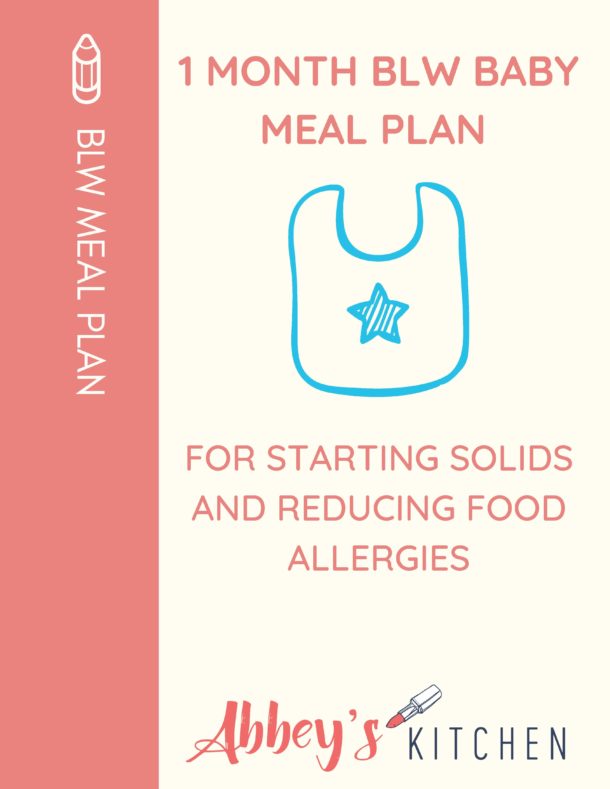We explore how the division of responsibility can be used to encourage a picky eater to eat and teach them to become a healthy intuitive eater for life.
I never realized how hard it was to get kids to eat healthy food consistently until I had a toddler. If you started solids out strong (either through baby led weaning or spoonfeeding), had a kid who would try pretty much anything you offered, and now suddenly have 5 foods you can rotate between that your kid will actually swallow, know that you’re not alone.
Most of us were raised in the “clean plate club”, and therefore were taught that we couldn’t leave the table or have dessert until we ate our broccoli and chicken. Maybe our caregiver used an airplane to sneak foods into our mouth. Or we were bribed with chocolate to behave. Or we were withheld a fun activity until we choked down a food we didn’t like. All of these are tricks encouraged us to ignore our hunger cues, and choke down our natural and normal fear of something new to appease the adult at the table or to get what we really want.
Hunger, satiety and body trust are things that babies are innately experts in, and it’s usually not until they start solids and the bribes begin that they forget how to listen to their body.
So how do we give this control back to our kids again while still encouraging a picky eater to eat? It starts with the Division of Responsibility.

What is the Division of Responsibility (sDOR)?
Developed by feeding expert Ellyn Satter, the Division of Responsibility (sDOR) is a theory of feeding that acknowledges children’s natural self feeding and food regulation capacities, and gives us as parents the responsibility to create a supportive environment where our kids can thrive as competent eaters.
The division of responsibility suggests that as parents, our job is to determine:
- What foods are served at a meal or snack
- Where that meal occurs
- When that meal occurs
Our child is given the autonomy and choice to determine:
- What they eat of the foods that are served
- How much they eat, or if they eat at all

How Does this Work?
I know it may sound crazy at first to give your toddler or young child any sort of reigns when it comes to eating. How can they possibly know what they need to grow and thrive? Well, let me tell you – in this situation, they do.
Some of the major tenants of the sDOR that help foster eating competence and discourage picky eating include:
- Eating as a family and modelling intuitive eating
- Not catering to a child by making separate meals, but always ensuring there is at least one “safe” or consistently enjoyed food on the table
- Not pressuring, restricting, bribing or tricking your kids into eating
- Eating meals and snacks on a schedule
- Offering balanced snacks that are “mini meals” sitting down, not just treat foods on the go
- Offering dessert either with the meal (single portion) or occasionally as an all-you-can-eat snack of sweets to reduce its novelty factor
- Not interfering with your child’s natural growth and body size and accepting that some kids are naturally smaller and some are naturally larger
Why Using Bribes, Tricks and Pressure Do Not Encourage Picky Kids to Eat
Have you ever tried one or more of the following:
“If you eat your broccoli, you can have ice cream?”
“Just one more big boy bite and you’re done!”
“I need you to at least try everything on your plate!”
Abstaining from every allowing your kids sugar, fast-food or other “junk food”
“Hiding” vegetables in sauces, smoothies, muffins without telling them
All of these common feeding strategies may seem like they work in the short run because they help get “healthy” food into the bodies of our children. But they do not encourage children to become competent intuitive eaters as they grow up. In fact, the concern is that these tricks may encourage your kid to distrust you, to distrust their own satiety signals, to dislike the forced upon “healthy” foods, and to obsess over certain “bad” or “forbidden” foods. Basically, it causes the opposite effect in the long run of what we are trying to accomplish.

Who recommends the sDOR?
The division of responsibility is an evidence based feeding technique and is recommended by pediatric and health authorities like the American Academic of Pediatrics, Academy of Nutrition and Dietetics, USDA Food and Nutrition Service, Head Start, and the Expert Committee on Child Obesity.
Will this Strategy Encourage my Picky Eating Toddler to Eat Healthy Foods?
The goal of the division of responsibility is to raise a “competent eater” which is a related term to the more popular intuitive eater. When given the freedom to eat in response to their own hunger and fullness cues, children are better able to eat the amount of food they need and grow in a way that is right for them. In other words, they can maintain their body’s set point weight because there is not external pressure dictating their consumption.
When they are not being pressured, they are more likely to be open to trying new foods. And when foods are not dichotomized as good and bad, or “what you must eat” in order to get “what you want”, they all occupy a level playing field. The result is that kids don’t obsess over sweets and fear the “healthy” foods that are being forced upon them.
Want to learn the secrets to getting your picky eaters to eat without pressure or bribery? Subscribe to my newsletter, and join the Millennial Mom’s Guide to Mindful Meal Planning for more tips and tricks!
Updated on April 15th, 2024

Abbey Sharp is a Registered Dietitian (RD), regulated by the Ontario College of Dietitians. She is a mom, YouTuber, Blogger, award winning cookbook author, media coach specializing in food and nutrition influencers, and a frequent contributor to national publications like Healthline and on national broadcast TV shows.




Michelle says
Link doesn’t work for picky eating cheat sheet? How can I get?
Julia says
When I nannied (4 kids!) their mom left a book on the coffee table and told me it was worth a read. It was an anthropological look at how other cultures raise children. And one thing that stood out to us was the lack of children’s menus in other countries! My family is from Mexico and I had never thought of that, especially when eating with my Mexicans grandfather we only ate what the adults were eating. When I lived abroad in Ecuador and only ‘American’ style restaurants had kids menu. Toddlers generally just ate off the plate of their parents when dining out! And older kids just picked an item off the menu (no kids menu) and just eat till their full.
Karen says
This is a very helpful article, thank you. I’ve been trying sDOR with my 4-year old and having some success (and no more arguments at mealtime, hooray!). My question is about food waste, portion sizes, and “seconds”. I’m feeling bad about the amount of food that I throw out after each meal – food that’s been served and picked at and is not really fit for re-use – because my kid decided to eat just one of the four things on his plate. Should I be serving smaller portions to reduce waste? And if so, how do you regulate what foods are allowed “seconds” and what foods are not?